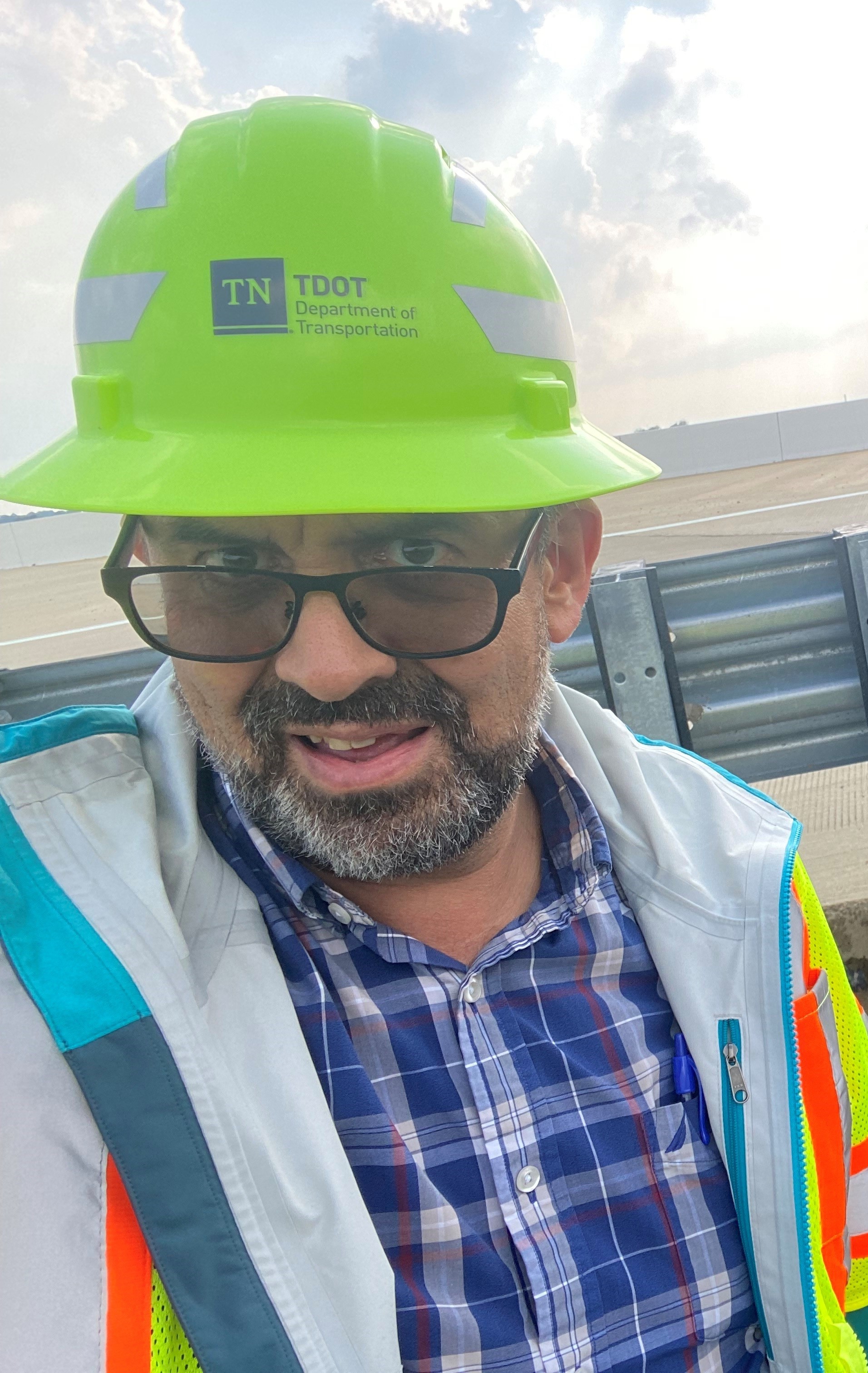Oral
Watershed
Leveraging Deep-Learning Models and Large-Sample Hydrologic Datasets for Investigating Physical and Climatic Drivers of Rainfall-Runoff Process Heterogeneity at the Watershed Scale
Tuesday, May 20, 2025
5:15 PM - 5:30 PM Alaska Daylight Time (AKDT)
Room: Room 4
.jpg)
Francesco Dell'Aira
Post-doctoral Fellow
University of Memphis, Tennessee, United States
Claudio I. Meier
Associate Professor of Civil Engineering
The University of Memphis, Tennessee, United States
Author(s)
Co-Author(s)
Abstract Submission: The rapid expansion in the spatial and temporal coverage of large-sample hydrologic datasets, fueled by advances in remote sensing technology, has opened unprecedent avenues for data-driven analyses of hydrological processes. From Long-Short-Term-Memory (LSTM) models of hydrologic time series forecasting to Convolutional Neural Networks (CNNs) detecting patterns in digital elevation models (DEMs) and predicting flood depths, deep learning models have become invaluable tools for exploiting the otherwise overwhelming amount of hydrologic data available from thousands of basins worldwide. These models often outperform traditional, physics-based approaches, in both accuracy and generalizability. However, we are only scratching the surface of this data-driven revolution. Refined approaches are needed to better interpret how these models make their predictions and how they use available information. To enhance our understanding of how these models operate, we propose and implement a methodology for understanding how deep learning models prioritize information contained in different hydrologic variables, related to the physical and climatic characterization of watersheds. The methodology consists of coupling a learning machine (an ensemble of LSTM models, in our case) with an optimization algorithm for optimal feature selection. The analysis of the resulting Pareto front offers valuable insights into the basin and climatic characteristics that most contribute to heterogeneity in watershed response to storm events. We also investigate the gain in predictive power when introducing connectivity-based descriptors that have been recently proposed in the literature, to also analyze the importance of basin spatial heterogeneity on its hydrologic response.
Learning Objectives/Expected Outcome (Optional) : Contribution to the emerging field of AI and deep learning applied to hydrologic science and engineering. Leveraging large-sample datasets to deepen our understanding of basin response dynamics across several watersheds.
Learning Objectives/Expected Outcome (Optional) : Contribution to the emerging field of AI and deep learning applied to hydrologic science and engineering. Leveraging large-sample datasets to deepen our understanding of basin response dynamics across several watersheds.

